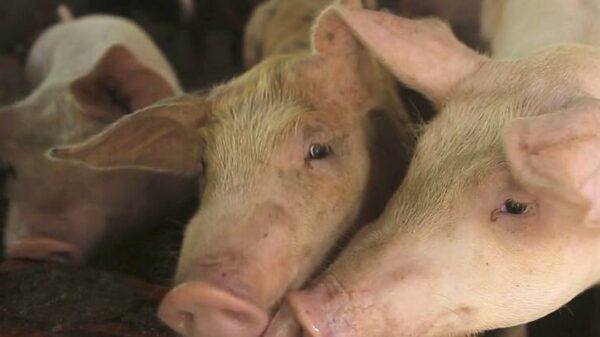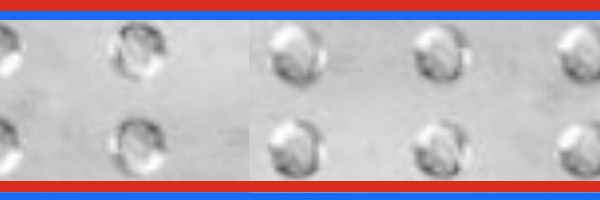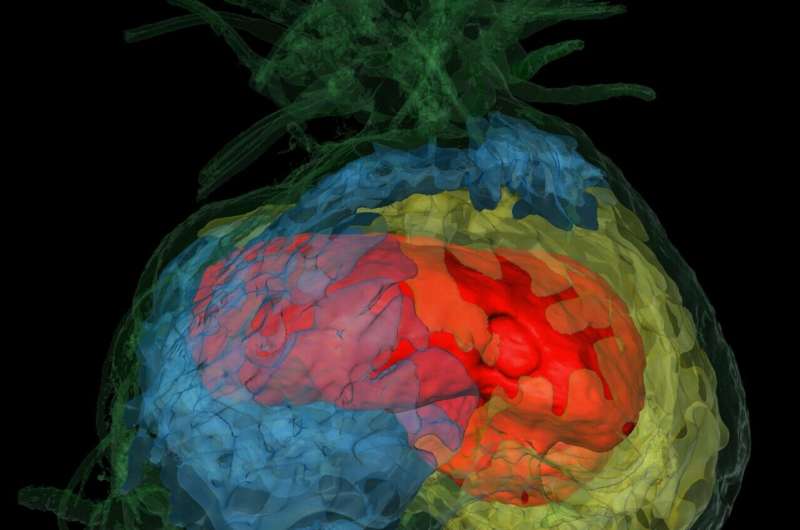Research conducted by scientists from Washington University in St. Louis and Durham University has unveiled how certain ant plants in Fiji maintain peaceful coexistence among multiple ant species. The study, published in the journal Science, explores the unique structural adaptations of the Squamellaria plant, which uses compartmentalization to prevent conflicts among its ant inhabitants.
The Squamellaria plant features distinct chambers within its tuber, each with its own entry point. This design keeps neighboring ant colonies physically separated, thereby reducing the likelihood of violent confrontations. According to lead author Guillaume Chomicki, a biologist at Durham University, the study highlights the role of these compartments in fostering a stable environment for various ant species to thrive.
“Our study shows that compartmentalization is one solution,” Chomicki stated. “The importance of compartmentalization is clear from the deadly conflicts sparked when the partition between distinct ant species living in adjacent compartments is removed.” This finding underscores a crucial evolutionary strategy that benefits the plant by allowing it to host multiple ant species, which in turn provide essential nutrients.
The research team, including senior author Susanne S. Renner, emphasized the significance of field studies. Renner noted that past examinations of dried Squamellaria tubers, some dating back to the 1880s, did not reveal the intricate relationships between the plants and their ant partners. “One needs two things: Seeing and identifying the ants, and then understanding that the tubers contain entirely separate compartments,” she explained.
The concept of symbiosis, a long-term interaction between different species, plays a pivotal role in this research. In mutualistic relationships, both species benefit, which is true for the Squamellaria and the ants that farm it. The ants help propagate the plant by planting its seeds and fertilizing the seedlings, while the plant provides a habitat and sustenance.
The study’s inception traces back to a field excursion in 2014, when Chomicki discovered two ant colonies cohabiting a single Squamellaria wilkinsonii plant. Initially puzzled by the separate nests, he and Renner conducted experiments to investigate the consequences of removing the barriers between compartments.
The results were striking. During a 25-minute observation period, the researchers documented intense battles between the ant colonies, leading to significant mortality. This immediate conflict illustrated the necessity of the compartmentalization strategy for maintaining peace among competing species.
Additional experiments confirmed that the plant benefits nutritionally from having multiple ant species within its chambers. The research incorporated computed-tomography scanning, a novel approach in plant studies, which revealed the complex internal structure of the domatia. Renner remarked, “The scanning was key in the discovery of compartmentalization of the domatia. Simply dissecting domatia does not provide the clarity needed to understand which chambers are connected and which are isolated.”
Overall, the findings from this study not only shed light on the Squamellaria-ant symbiosis but also contribute to broader ecological theories regarding species interactions. Renner noted, “What is unique in Squamellaria is that we can visualize directly what theory has long predicted—that unrelated partners would conflict by competing for host resources.”
Through careful observation and innovative techniques, the research illustrates an effective evolutionary strategy to mitigate conflicts and enhance mutual benefits among diverse species. This work opens avenues for further exploration into the complexities of ecological relationships and the mechanisms that sustain them.
For more information, see the original article titled “Compartmentalization reduces conflict in multipartner plant-insect symbioses” in Science, DOI: 10.1126/science.adu8429.































































